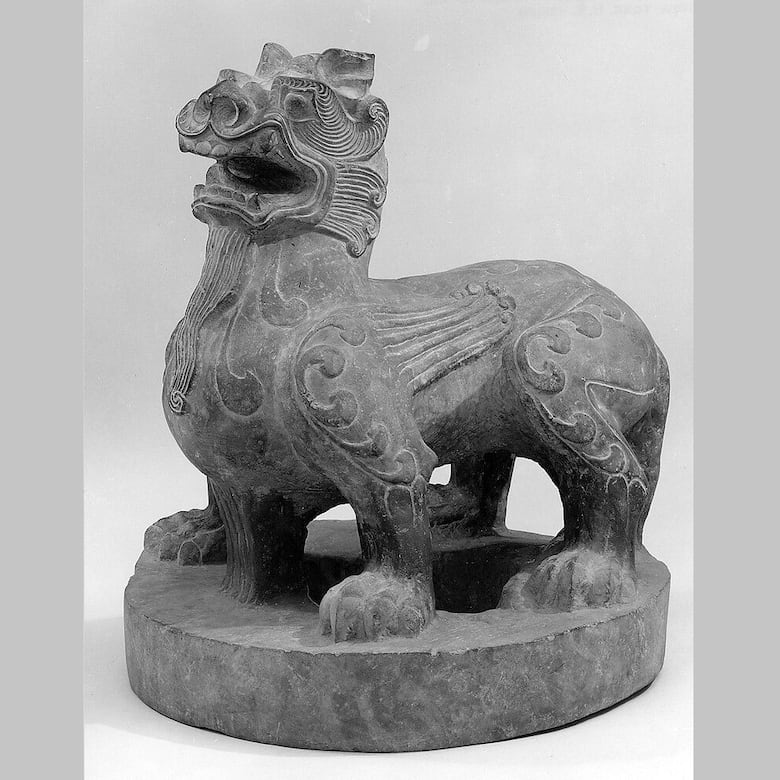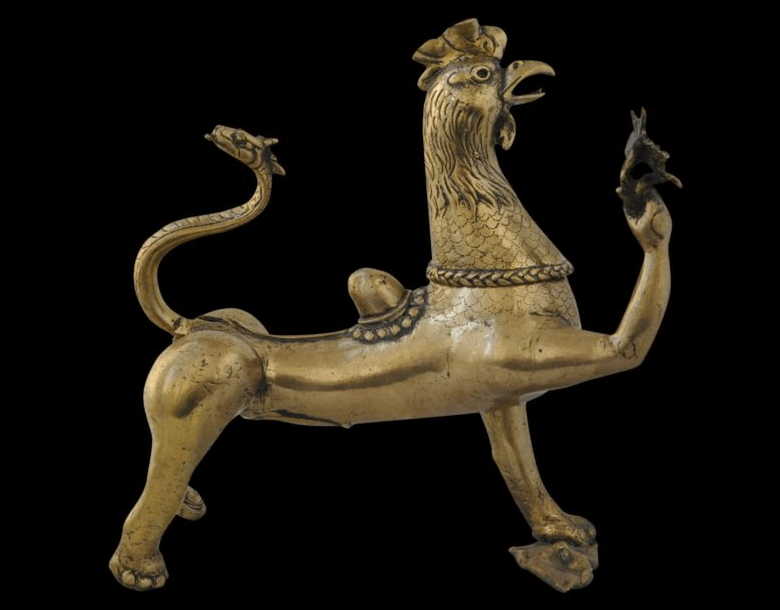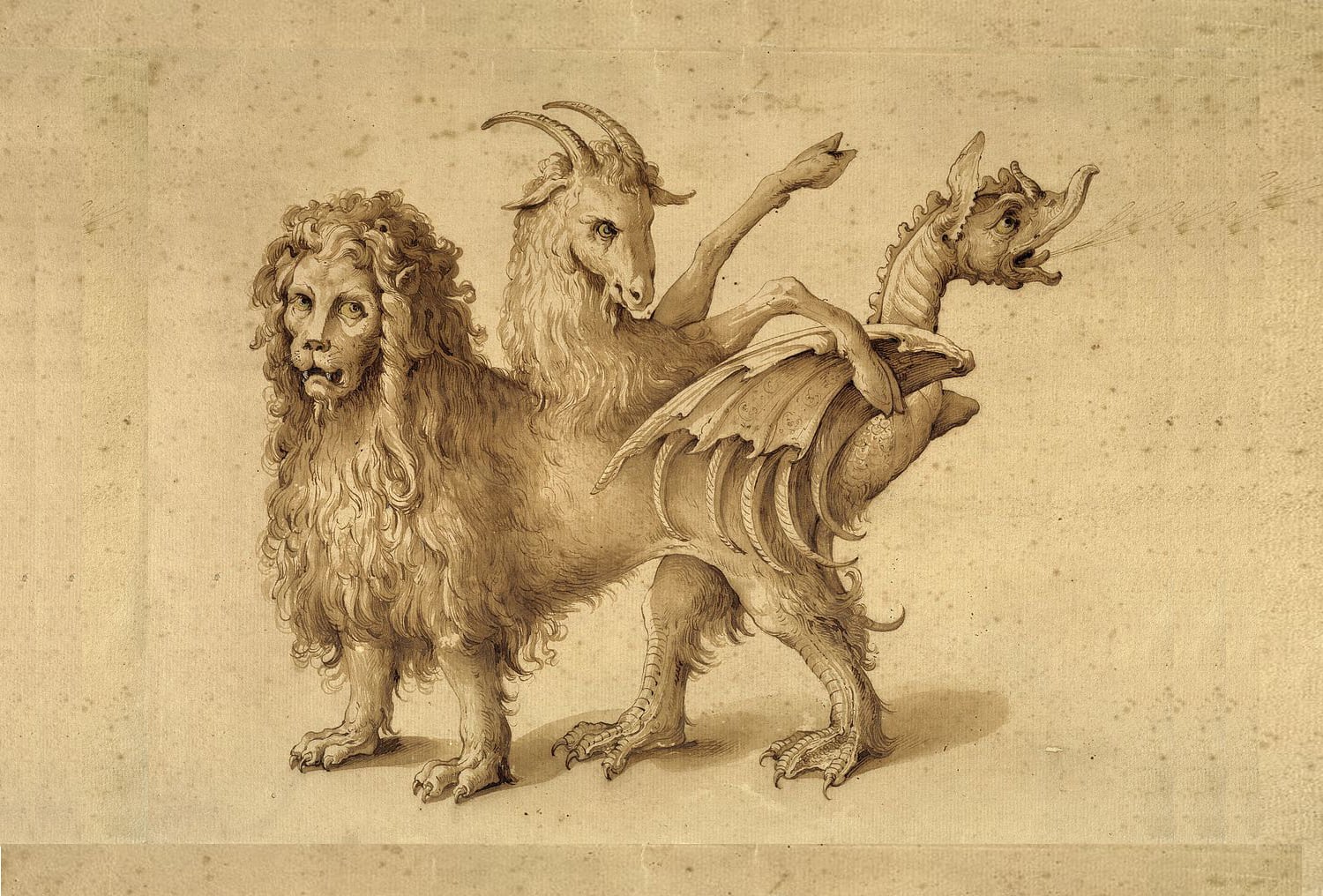Greek mythology is a magnificent fantasy realm where scary monsters live. The more horrifying the beast, the braver the Greek hero’s antics may seem. Ancient Greek mythology had many such strange creatures, including the snake-haired Medusa, the sea monster Lernaean Hydra, and Minotaur – the bull-headed monster. Yet, the one that usually roars its way to the forefront is the mythical Chimera. This fire-breathing monster in Greek mythology has always radiated mystery.
Even though the Chimera has a lion’s mane, it was considered a female. Chimera had a lion-like body with a goat’s head jutting out from its back, goat udders, and a serpentine tail.
Chimera was considered bad luck. Greek sailors would generally see the Chimera just before a shipwreck, a terrible storm, or even a volcanic eruption.
Origins of Chimera: Fire-Breathing Monster in Greek mythology
Part-human, part-animal hybrids have existed in literature and mythology for most of history. On the subject of Chimera’s lineage, the Greeks have many stories. But in popular legend, she appears in the Iliad, a well-known poem by Homer. Chimera, the fire-breathing monster in Greek mythology, was a female creature who was frequently angry. Amisodarus, the king of Caria, raised her as his own. Amisodorus also raised many sons who went on to become outstanding warriors. Chimera later caused massive devastation both among and in the surrounding regions.
Echidna, the mother of Monsters: The ancient Greek poet Hesiod says Echidna was Chimera’s mother. She was as scary as the offspring she spawned. Echidna was a hybrid immortal, a half-woman and part monster. She usually lived alone in the deep caverns beneath the earth. She was called the “Mother of Monsters.” One half of Echidna was a monstrous, scaly serpent, and the other part was a beautiful winged woman with sparkling eyes. She would drag her prey to abysmal holes where she enjoyed devouring them alive.
Typhon, the Father of Monsters: Typhon, regarded as the Father of All Monsters, chose Echidna as his mate. The most lethal of all Greek mythological beings, Typhon was the last offspring of Gaia and was sired by Tartarus. His approach was often accompanied by a violent storm, making his actual form hard to define precisely. A few claims he possessed a human-like upper portion, whereas others believe he had 100 dragon heads instead of just one.
Chimera’s Offspring: According to Hesiod, the ancient Greek poet, Orthus mated with the Chimera. He also wrote that Orthus and a female, assumed to be Chimera, spawned the Nemean lion and the Sphinx.
Chimera’s Reign of Terror and Downfall
The terrible Chimera, spawn of Typhon and Echidna, was a horrifying beast. For many years, she tormented the locals of Lycia. Her monstrous reign of terror in Anatolia’s Lycia region eventually stopped with the arrival of the warrior Bellerophon, son of Poseidon. King Iobates ordered the hero Bellerophon to kill the hideous monster. Bellerophon found a valuable ally in Pegasus, a spectacular horse with wings.
One myth claim that Bellerophon won the approval of the Greek goddess Athena. So, she granted him Pegasus to help him battle against Chimera. Bellerophon swung into action straddling the winged Pegasus. He rode into battle and thrust a lead-tipped spear into the blazing monster’s throat, thereby strangling it on liquid metal.
Chimera’s Fearsome Legend in Literature
Late classical writers thought the monster represented a Lycian volcano. Hikers can still see two patches of the permanent gas vents on the mountainside above the Temple of Hephaestus in Lycia, southwest Turkey, that Pliny the Elder identified as the Chimera. In Turkish, it’s Yanartaş, meaning flaming rock. The burning methane released by the vents is assumed to have metamorphic origins.
— FOUNDATIONS OF HORROR —
Further explore these subgenres & tropes. more>>
#Monster horror | #Capital M monsters

You will find chronicles of the Chimera myths in Hesiod’s Metamorphoses and Theogony 319ff, Homer’s Iliad (book 16), Hyginus’ Fabulae 57 and 151, and Pseudo-Apollodorus’ Bibliotheca (book 1) 319ff.
The Chimera is influential in contemporary culture and art. It frequently shows up in literature, television shows, books, movies, and video games.
For instance, the Chimera appears in fiction like Harry Potter, The X Files (the new episodes were terrible), and Percy Jackson. Her representation is found in movies like The Relic, Wrath of the Titans, I am Number Four, and so on.
The Grotesque Chimera in Pop Culture
In popular culture, “Chimera” refers to any hybrid or composite beings composed of two or more separate organisms. While the term “chimera” typically conjures images of the monster from Greek mythology, it has also appeared in Chinese mythology and art, Medieval European art, and the Indus civilization of India.


Summing Up: Monstrous Enigma and Symbolism
Perhaps the Chimera is both monster and dualistic in its symbolism. Like a Chameleon can be the term to describe an animal or used as a metaphor, a Chimera may represent any combination of animal features or a dualistic sense of self. Even today, the term “chimera” is a mystery hybrid used to describe a genetic enigma in science. Chimeras exist in the plant and animal kingdoms.
From the Indus Valley Civilization to China, and even in Gothic-style European cathedrals and buildings, the chimera symbol has influenced cultures everywhere. With that said, the chimera narrative still has life and significance in our stories and legends. Perhaps the legend lives on because the deadly Chimera possessed several terrifying animal traits. She represented the lion’s might, the goat’s wisdom, and the snake’s cunning!
Main Image: A 1590–1610 drawing of a chimera attributed to Jacopo Ligozzi
Last Updated on February 7, 2023.

